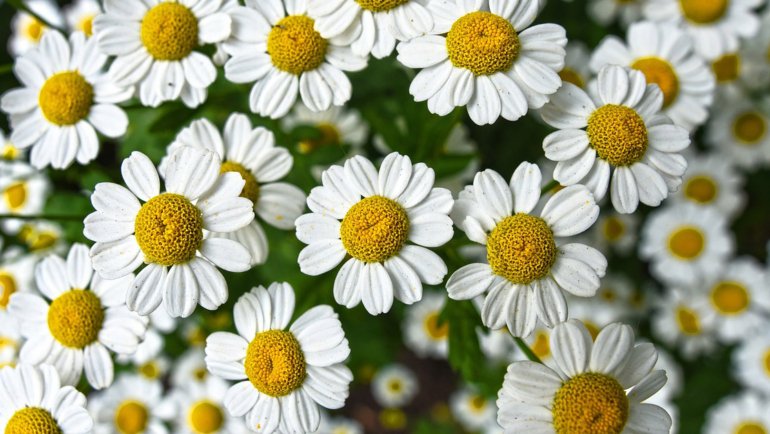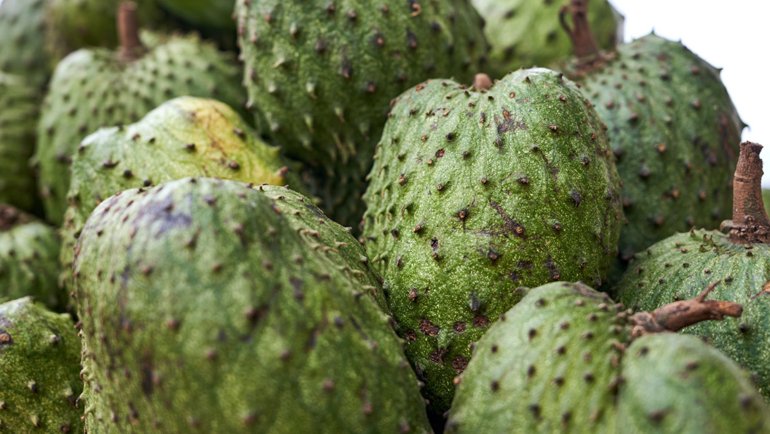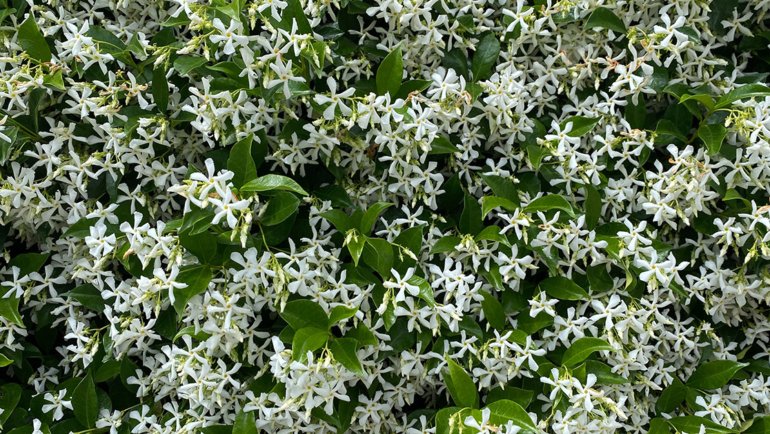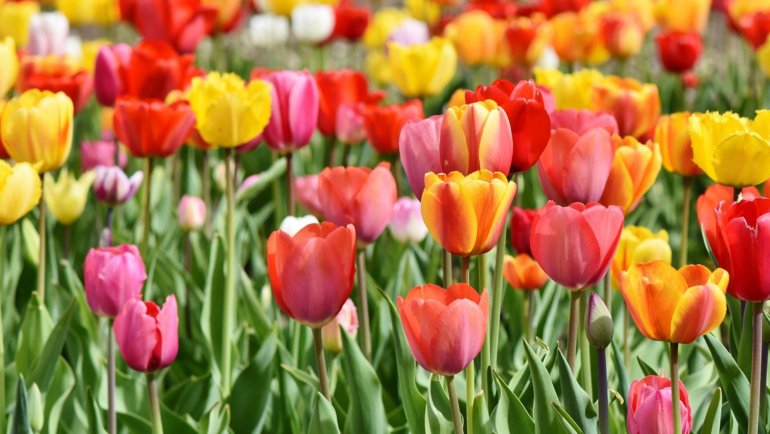Welcome to Bolivia, a land of stark contrast, where the Andean highlands meet the Amazon rainforest, and where two vibrant flowers symbolize unity amidst diversity.
As we journey into the heart of South America, we explore the narratives of Bolivia’s two national flowers – the Kantuta and the Patujú. Like a flag waving in the wind, these flowers flourish in their distinctive habitats, their colors echoing the red, yellow, and green of the Bolivian flag.
These flowers’ cultural significance extends beyond their stunning appearance, deeply intertwined with Bolivia’s history, mythology, and national identity.
Description of The National Flower of Bolivia
Kantuta (Cantua buxifolia)
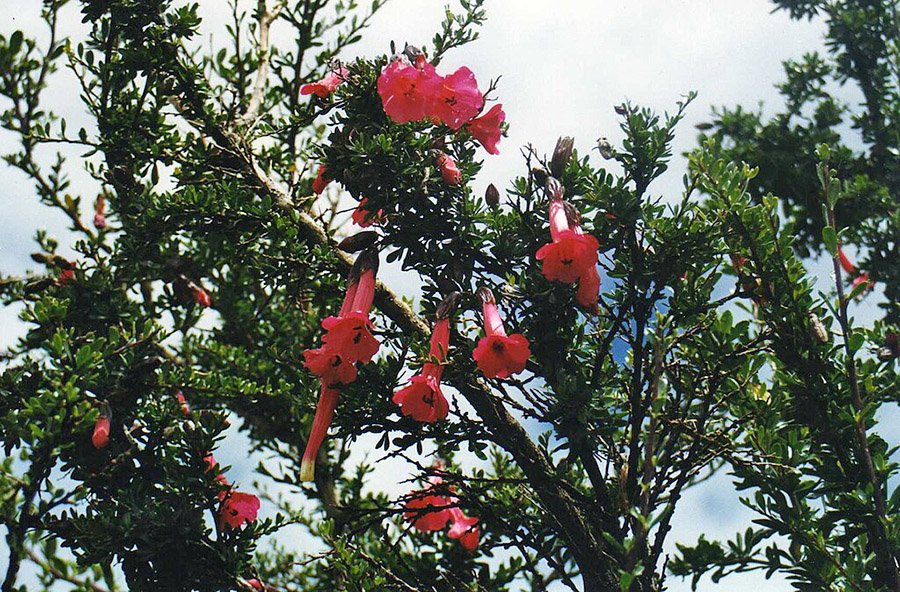
Belonging to the family of Polemoniaceae, the Kantuta, also known as the “Sacred Flower of the Incas,” is a resilient shrub that thrives in the arid conditions of the Andean highlands. This evergreen plant can grow up to three meters in height, with dark green, glossy leaves that provide a contrasting backdrop to its vibrant blooms.
The flowers, typically in bloom from October to April, are tubular and can extend up to four centimeters long. The plant produces clusters of these hanging flowers, with each flower petal exhibiting a beautiful tri-color pattern—yellow at the base, white in the middle, and a radiant red towards the edges. It is also the national flower of Peru.
Patujú (Heliconia rostrata)

The Patujú, also known as the “Lobster Claw” due to its unique shape, belongs to the Heliconiaceae family. This tropical plant, native to the eastern Amazonian regions of Bolivia, is known for its lush green foliage and distinctive inflorescences. The plant typically grows between three to five meters tall, its broad, banana-like leaves towering overhead.
The most striking feature of the Patujú is its hanging flower clusters, which usually bloom throughout the year. Each inflorescence consists of several red, claw-like bracts, with smaller greenish-yellow flowers peeking out. These exotic flowers grow in a spiral pattern, forming a spectacular drooping helix that can reach up to one meter in length.
Where Do The Kantuta and The Patujú Grow?
The Kantuta and the Patujú exemplify the range of climates and landscapes found in Bolivia. They respectively represent the Andean highlands and the eastern Amazonian tropics of the country, each plant flourishing in their unique ecosystems.
The Kantuta is a hardy plant that grows naturally in the cold, arid regions of the Andean highlands. It is found at altitudes of 1200 to 3800 meters above sea level, with the regions of La Paz, Potosí, Oruro, and Cochabamba being well-known for their Kantuta blooms. The plant prefers well-drained, sandy soil and can thrive under intense sunlight.
The Patujú, on the other hand, loves the warm, humid climate of the Amazon rainforest. It grows in lowland regions up to 800 meters above sea level. The regions of Santa Cruz, Beni, and Pando are particularly rich in these tropical blooms. The Patujú requires moist, well-drained soil and partial to full sun exposure.
The Kantuta and The Patujú in The Ecosystem
The Kantuta and the Patujú play significant roles in their respective ecosystems. They not only add to the biodiversity of the regions but also contribute to the survival of various animal species.
The Kantuta’s tubular flowers are a source of nectar for hummingbirds, butterflies, and bees. The plant’s blooming season coincides with the breeding season of many of these pollinators, providing them with a vital food source. The Kantuta’s vibrant flowers are particularly attractive to hummingbirds, which play a crucial role in the plant’s cross-pollination.
The Patujú’s unique, helix-shaped inflorescences serve a dual purpose in the Amazon rainforest. Its red bracts hold pools of water, which provide a habitat for various small aquatic organisms.
Simultaneously, the smaller, concealed flowers of the Patujú are pollinated by birds and bats, attracted by the plant’s vibrant colors and sweet nectar. By providing food and habitats for a variety of species, the Patujú contributes to the rich biodiversity of the Amazonian ecosystem.
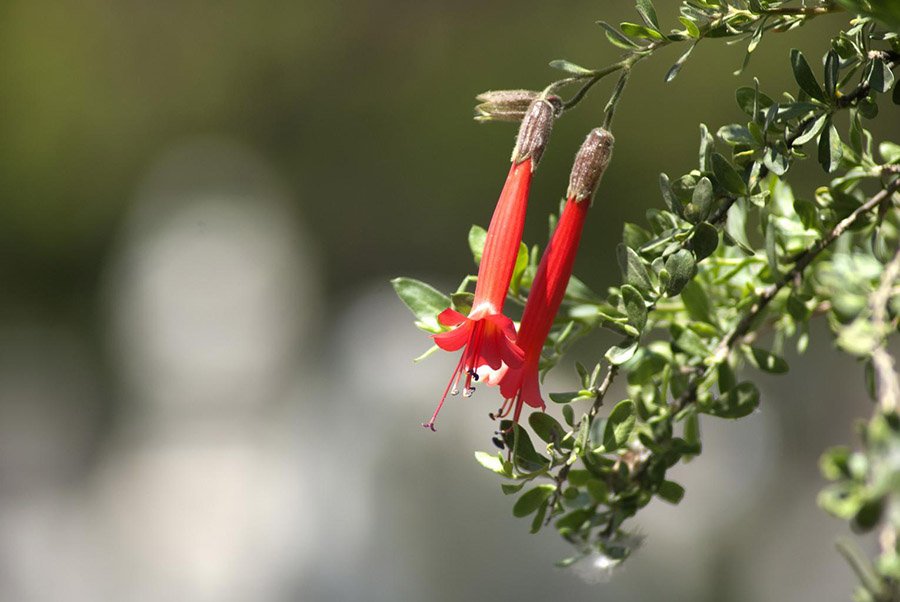
Symbolism and Meaning: Why and When Did The Kantuta and The Patujú Become the National Flowers of Bolivia?
Bolivia chose two national flowers, the Kantuta and the Patujú, as a representation of the diversity and unity of the country.
The Kantuta, also known as the ‘Flower of the Inca’, holds deep historical and cultural significance for the country. In an ancient Incan legend, two rival princes were said to have fought to the death over the throne. The Kantuta plant grew from their blood spilled on the ground, its red and yellow flowers symbolizing the unity of the two princes in death.
It is also believed that the Inca king used the Kantuta flower during religious rituals. The Kantuta was officially declared one of the national flowers of Bolivia in 1924.
The Patujú’s vibrant red, yellow, and green colors are reminiscent of the Bolivian flag, and the flower is thus seen as a symbol of the country’s pride and unity. Its unique appearance has made it a significant symbol in local folklore and festivals, particularly in the tropical eastern parts of the country. The Patujú became a national emblem alongside the Kantuta in 1990.
Names of The Kantuta and The Patujú
The Kantuta is also known as “Cantuta”, “Magic-flower”, “Sacred flower of the Incas”, or “Flor del Inca” in Spanish. Its scientific name, Cantua buxifolia, honors Martin Cautin, a Spanish botanist.
The Patujú is also known by several other names. In English, it is often referred to as “hanging lobster claw” or “false bird of paradise” due to its distinctive shape and vibrant colors. Other names include “lobster-claw”, “wild plantain” or “crab claw” in various regions. The scientific name, Heliconia rostrata, refers to Mount Helicon, the mythical abode of the Muses in Greek mythology, symbolizing its striking beauty.
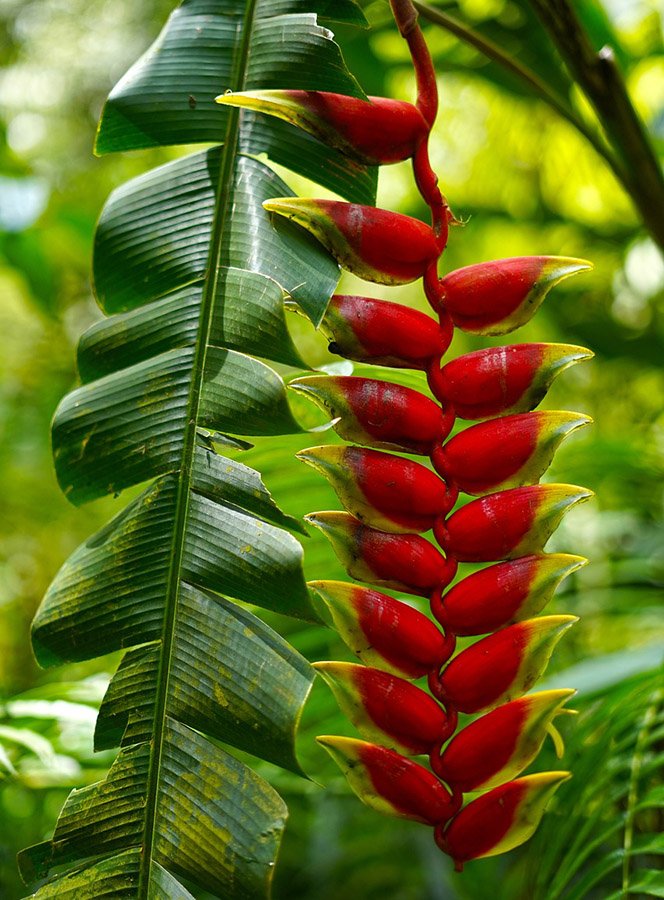
Interesting Facts About The Kantuta and The Patujú
- Kantuta (Cantua buxifolia): This resilient plant thrives in rocky and sandy soils, often seen blooming on hillsides and mountainsides at high altitudes. It’s considered sacred by the Aymara and Quechua people, who use the flowers in traditional rituals and offerings. The flowers are also used to create a natural dye.
- Patujú (Heliconia rostrata): This flower is not only admired for its vibrant colors and unique shape, but it’s also an important source of nectar for many bird species, including hummingbirds. The flowers grow in a unique pattern, curving downward, which provides shelter and food for the birds.
How to Grow The Kantuta and The Patujú
- Kantuta: This plant prefers well-drained, sandy, or rocky soils. It’s a sun-loving plant that does well in full sun exposure, but can tolerate partial shade. Water moderately, but make sure the soil dries out between waterings. As a mountain plant, Kantuta can handle cooler temperatures, but is sensitive to frost.
- Patujú: Patujú prefers rich, well-draining soils and a warm, humid climate, typical of its native tropical rainforest environment. It thrives in partial to full shade and requires plenty of water, especially during dry periods. Given the proper care and environment, Patujú can grow up to 3.5 meters tall and spread out around 2 meters. It’s important to remember that this plant doesn’t handle frost well. It’s usually grown as a houseplant in cooler climates.
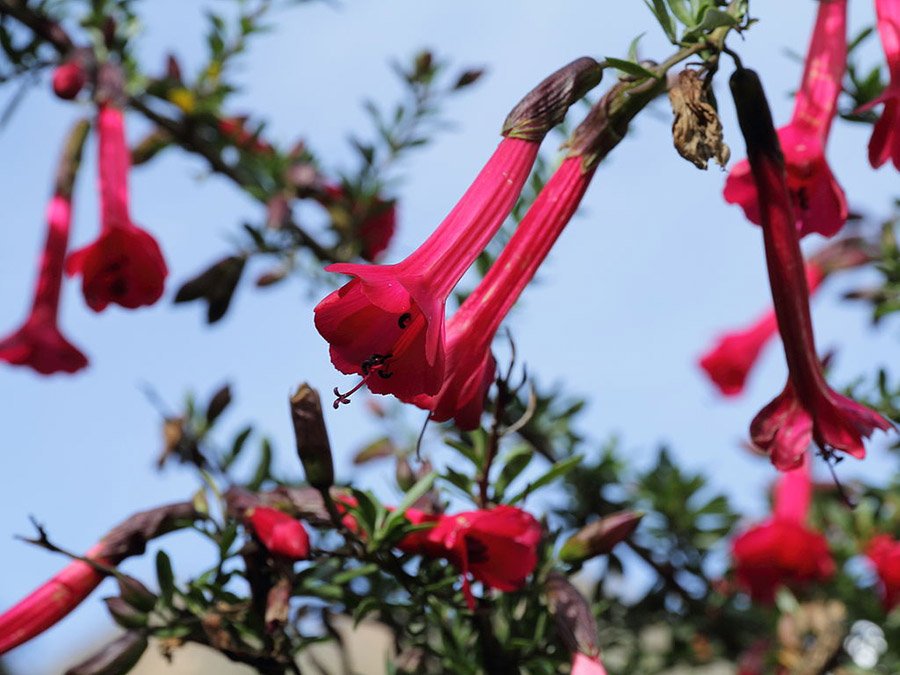 Source: Wikimedia Commons
Source: Wikimedia CommonsOther Beautiful Flowers Native To Bolivia
Apart from the celebrated Kantuta and Patujú, Bolivia is a garden of Eden for plant lovers. It boasts an incredible array of botanical wonders due to its varied topography, from towering Andean peaks to vast Amazonian rainforests. Here are some additional plants that are native to Bolivia and capture the essence of its rich biodiversity:
- Jacaranda (Jacaranda mimosifolia): Lining the streets of Bolivia’s cities, Jacarandas offer a splendid sight with their distinctive purple-blue clusters of flowers. When these trees are in full bloom, they create a colorful canopy that transforms the cityscape into an urban purple paradise.
- Bolivian Sunset (Gloxinia sylvatica): This radiant flower is a gem in the heart of the Amazon rainforest. Known for its striking orange-red flowers, it brings a splash of sunset hues to the lush green surroundings.
- Andean Lupine (Lupinus mutabilis): A common sight in the Andean region, the Andean Lupine is distinguished by its large, conical clusters of blue or purple flowers. Apart from its visual charm, it’s also recognized for its nutritious seeds, which are a staple in traditional Bolivian cuisine.
- Yareta (Azorella compacta): This plant is fascinating due to its ability to survive in harsh, high-altitude conditions of the Andes. Yareta grows in large, moss-like clumps and produces small pink or lavender flowers.
- Giant Bromeliads (Puya raimondii): Often called the “queen of the Andes,” this plant is native to the high Andes mountains of Bolivia and Peru. Its towering stalk can reach heights of up to 10 meters and bloom with thousands of flowers, making it a sight to behold.
In the wild or cultivated in gardens, these plants make Bolivia a haven for botany enthusiasts and lend to the country’s uniquely beautiful and diverse landscapes.
Final Thoughts
The Kantuta and Patujú are not just beautiful flowers – they are integral parts of Bolivia’s rich cultural heritage and natural biodiversity.
The Kantuta’s resilience high in the Andean altitudes and the Patujú’s distinct shape thriving in the Amazon’s heart highlight Bolivia’s diverse landscapes. These flowers, standing tall and vibrant, are enduring symbols of the country’s resilience, diversity, and abundant natural beauty.
